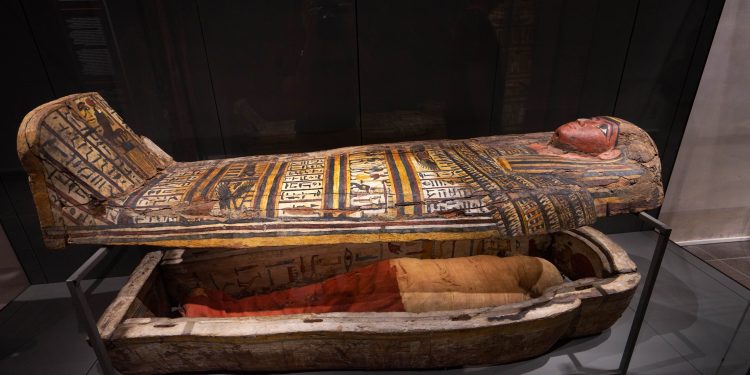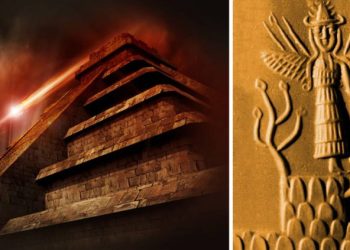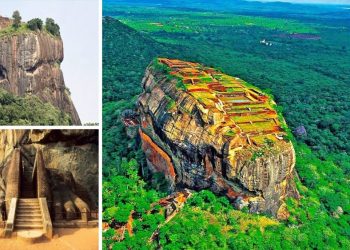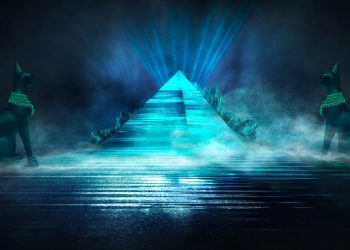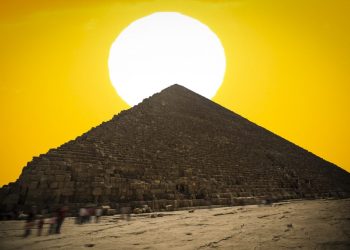Ancient Egypt is about more than just pyramids, temples, and mummies. It is about legends and myths that have stood the test of time. But it is also about ceremonies, rituals, and culture with a weight in gold. In this article, after having covered briefly the ritual rites and mummification rituals in ancient Egypt in my piece, the Way to Eternity in Ancient Egypt, in this article, we will cover the Worship of the Dead in the land of Pharaohs. It was clear that every Egyptian wanted to live and die in Egypt. Every Egyptian wanted to be buried there, in the land of their ancestors. Every Egyptian wanted to be worshiped after death as an eternal memory. The body and the spirit plaid a very important role in ancient Egypt. It is, therefore, unsurprising that the relief in life after death was inseparably bound with the preservation of the deceased, in both body and spirit.
The “ka” and “ba”
In the worship of the dead in ancient Egypt, to separate a body from the double “ka” and the soul “ba” is equal to annihilation. This is why embalming and mummification were of such importance. These processes were intended to protect and prevent this separation, allowing the deceased to find a way to eternity. But there was a crucial difference between ordinary mortal people and the king, the Pharaoh. As per ancient Egyptian legends, even gods could die in the physical world on rare occasions. However, their life would continue eternally. Ordinary humans, ordinary mortals, could only hope that their memory would live on. There were many similarities but also great differences between mere mortals and the Pharaohs. After all, Pharaohs were considered gods. And they were expected to reunite with divinity once their Earthly life ended.
The worship of the dead in ancient Egypt
The worship of the dead in ancient Egypt has two sides. The worship of mere mortals and the worship of the Pharaohs. The world of gods and the world of men intersected in the life of the Pharaoh. The king, aka the great god, was immortal. However, this immortality was not meant for the Earthly realm. The king could not space the transitory nature of his physical being. The Pharaoh could also not achieve immortality on his own. Indeed, after his Eartlhy death, the Pharaoh would live on as he returned to be with the other gods. But this was a process that had to be constantly reenacted and reassured. The survival of the king’s earthly achievements had, therefore, a need to be repeatedly ensured. According to Verner, this was the purpose of the worship of the dead in ancient Egypt. What is important to note is that since this worship was concerned with the Pharoah, it was considered a religious cult.
Development of the cult
The worship of the dead in ancient Egypt was extended as time went on. And the cult was extended to other gods. By the fifth dynasty, the worship was widened to conclude Re-Ra. And by the time of th Middle Kingdom, the worship included Amon. As time passed, many religious ideas reserved exclusively for the pharaohs were extended to a wider social stratum. The worship of the Pharaoh had certain differences nonetheless. For example, an important part of the worship of the deceased king was the preparation for the symbolic funerary repast. Everything that the deceased needed was provided. Furthermore, rather than being a single ritual, this was something that took place over the course of the year, especially on important feasts.
The Pharaoh and the worship of dead monarchs
In addition to the many cults and rituals that took place to honor the deceased Pharaoh, the continuity of the family and power, through the succession of the throne, further guaranteed the worship of the dead kings. As explained by Verner, the relationship between father and son, king and prince, and in a figurative sense between the priest and the deceased, was of great importance, as we can see from ancient Egyptian mythology, and the relationship between Horus, heir to the throne, and his murdered father, Osiris. Therefore, it is important to mention that the tomb was not just a resting place in ancient Egypt. It signified the site of eternal life. It was a site where the living and the dead met. More importantly, it marked the location of a site where mythical events, rituals, and ceremonies were supposed never to end. This was the worship of the dead in ancient Egypt.
Source: The Pyramids, Miroslav Verner.
Have something to add? Visit Curiosmos on Facebook. Join the discussion in our mobile Telegram group. Also, follow us on Google News.



